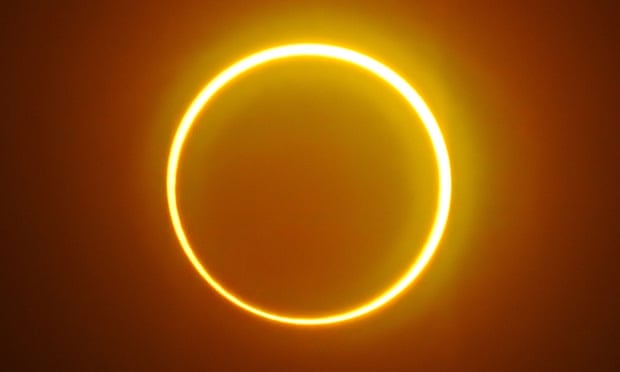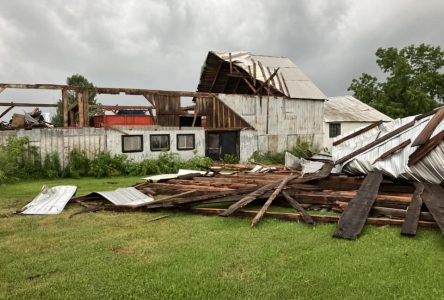On Thursday morning, June 10, people in Canada and other parts of the Northern Hemisphere will be able to watch an annular solar eclipse. Also known as the “Ring of Fire” eclipse, an annual eclipse is when the moon intersects in its orbit with the sun and covers all but the outermost edge of the solar disc. This creates what some scientists describe as a “ring of fire” effect to observers.
«Ring of Fire» eclipse at dawn



